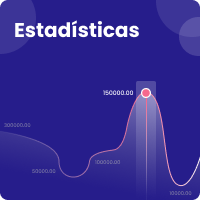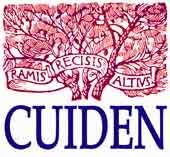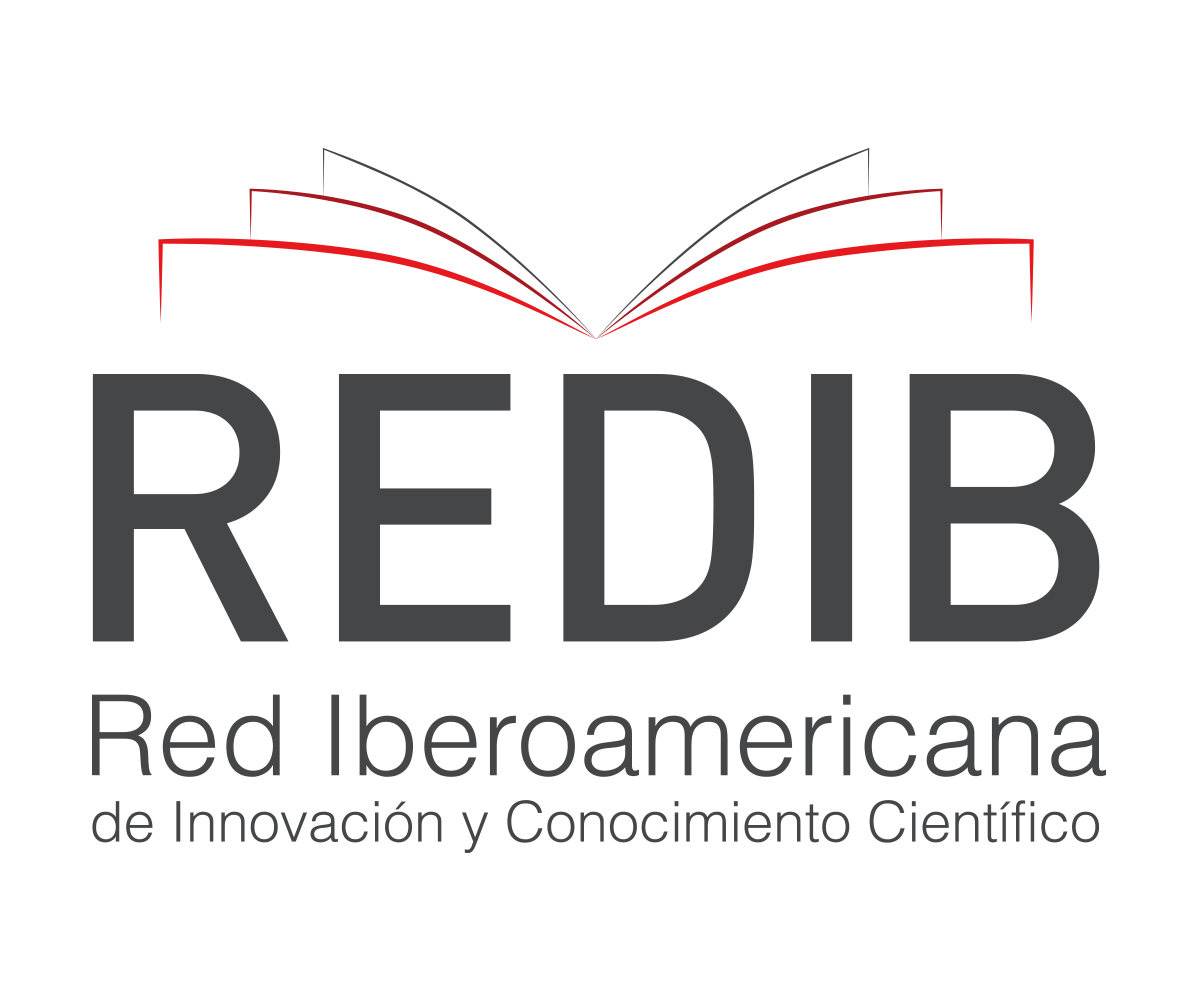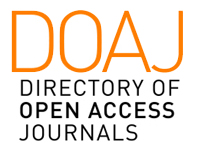Locomotion and use of public transportation program for students with intellectual disability: case report
DOI:
https://doi.org/10.25214/25907816.191Keywords:
locomotion, Occupational Therapy, intellectual disability, program development, special education, youthAbstract
This article presents the case report of two young students with intellectual disability, with the purpose of evaluating the effect of their participation in a program for mobility and use of public transportation, created by the occupational therapy team at a special needs school in Chile. It proposes a tool for evaluation and intervention focused in the user, the school and the family. For this evaluation, the Kawa Model was used seeking to identify dificulties and strengths that influence the occupational choices during the program. The Assessment of Communication and Interaction Skills, and the Volitional Questionnaire were used to evaluate the performance and volition at the beginning and in the end of the program. The two students showed an enhancement of their volitional processes and the increase in their communication and social interaction skills, both in the classroom context, and in the occupational therapy sessions throughout the program. This program may have socio-cultural implications, since it emphasizes in autonomy as a right that contributes to free occupational choices, which provide dignity to people, enhancing their personal identity and the discovery of skills not explored previously.
Downloads
References
Castro de Jong, D., Barrientos Lalanne, C., Castro Wolf, F., Díaz Jarufe, N., Gatti Silva, G., Guajardo Zambrano, M., Narvaéz Zavala, D., Rivera Medina, C., Torres Risso, J. & Zúñiga Copaja, M. (2010). El Modelo Río (Kawa): cuatro estudios de caso aplicados en Chile. Revista Chilena de Terapia Ocupacional, (10), 21 - 34. DOI: https://doi.org/10.5354/0719-5346.2010.10557
Conaset & Ministerio de Transportes y Telecomunicaciones del Gobierno de Chile. (2017). Desarrollo de objetivos de aprendizaje para los niveles de 1º a 6º básico en el área de educación vial. Recuperado de https://www.conaset.cl/wp-content/uploads/2017/08/CURRÍCULUM-EDUCACIÓN-VIAL-19-05-2017_FINAL.pdf
Costabile C. & Brunello MIB. (2005). Repercussões da inclusão escolar sobre o cotidiano de crianças com de ciência: um estudo a partir do relato das famílias. Revista de Terapia Ocupacional da Universidade de São Paulo, 16(3), 124-130. DOI: http://dx.doi.org/10.11606/issn.2238-6149.v16i3p124-130
De Las Heras, C., Geist, R., Kielhofner, G. & Li, Y. (1998). Manual del Usuario del Cuestionario Volicional (VQ). Chicago: The Model of Human Occupation Clearinghouse, University of Illinois at Chicago.
Gobierno de Chile. (1990, 5 de mayo). Decreto 87. Aprueba planes y programas de estudio para personas con deficiencia mental.
Federación Mundial de Terapeutas Ocupacionales -WFOT. (2004). Definición de terapia ocupacional. Recuperado de http://www.wfot.org/ResourceCentre/tabid/132/did/43/Default.aspx
Forsyth, K. (1998). Manual del Usuario de la Evaluación de las Habilidades de Comunicación e Interacción (ACIS). Chicago: The Model of Human Occupation Clearinghouse, University of Illinois at Chicago.
Haveman, M., Tillmann, V., Stöppler, R., Kvas, Š. & Monninger, D. (2013). Mobility and public transport use abilities of children and young adults with intellectual disabilities: results from the 3-year nordhorn public transportation intervention study. Journal Of Policy & Practice In Intellectual Disabilities, 10(4), 289-299. Doi:10.1111/jppi.12059
Heiser, X. (1995).The nature and causes of transport disability in Britain and how to overcome it. En G. Zarb (Ed.), Removing disabling barriers (pp. 123–132). London: Policy Studies Institute.
Iwama, M. & Simó Algado, S. (2008). El Modelo Kawa (Rio). TOG (A Coruña), 5(8). Recuperado de http://www.revistatog.com/num8/pdfs/modelo2.pdf
Jurdi APS., Brunello MIB., Honda M. (2004). Terapia ocupacional e propostas de intervenção na rede pública de ensino. Revista de Terapia Ocupacional da Universidade de São Paulo, 15(1), 26-32. DOI: http://dx.doi.org/10.11606/issn.2238-6149.v15i1p26-32
Kielhofner, G., & Forsyth, K. (2011). Modelo de Ocupación Humana: Teoría y aplicación. 4ª ed. Buenos Aires: Médica Panamericana.
Kvas, Š., Stöppler, R., Haveman, M., & Tillmann, V. (2013). Assessing mobility competences of children with intellectual disabilities: Development and results of the Mobility Assessment Schedule. Journal of Policy and Practice in Intellectual Disabilities, 10(4), 300-306. DOI: https://doi.org/10.1111/jppi.12060
Ministerio de Educación (2011). Transición para la vida adulta. Recuperado de: http://www.mineduc.cl/index2.php?id_portal=20id&_seccion=3007
Quintana, M. & Barrera, D. (2013). Guía: Educación para la Transición. Orientaciones técnico – pedagógicas y de gestión institucional para favorecer la transición hacia una vida adulta activa de estudiantes que presentan necesidades educativas especiales múltiples en el tramo comprendido entre los 14 y 26 años de edad cronológica. Santiago de Chile: Ministerio de Educación. Recuperado de http://especial.mineduc.cl/wp-content/uploads/sites/31/2016/09/201405051722200.GUIAPARALATRANSICIONedespecial.pdf
Rebolledo, A. (2009). Configuración de la formación laboral como factor de empleabilidad en educación especial en al provincia de Ñuble, región del Bío-Bío, Chile. Horizontes Educacionales, 14 2), 21-36. Recuperado de http://www.redalyc.org/pdf/979/97915161003.pdf
Rusch, F.R., Hughes, C., Agran, M., Martin, J. E. & Johnson, J. R. (2009). Toward self directed learning, post-high school placement, and coordinated support. Constructing new transition bridges to adult life. Career Developmental for Exceptional Individuals, 32(1), 53-59.
Schalock, R., Borthwick-Duffy, S., Bradley, V., Buntinx, W., Coulter, D., Craig, E., Gómez, S., Lachapelle, Y., Luckasson, R., Reeve, A., Shogren, K., Snell, M., Spreat, S., Tassé, M., Thompson, J., Verdugo-Alonso, M. A., Wehmeyer, M. & Yeager, M. (2010). Intellectual disability. Definition, classification, and systems of supports. 11 Ed. Washington: AAIDD.
Downloads
Published
How to Cite
Issue
Section
License

| Article metrics | |
|---|---|
| Abstract views | |
| Galley vies | |
| PDF Views | |
| HTML views | |
| Other views | |











